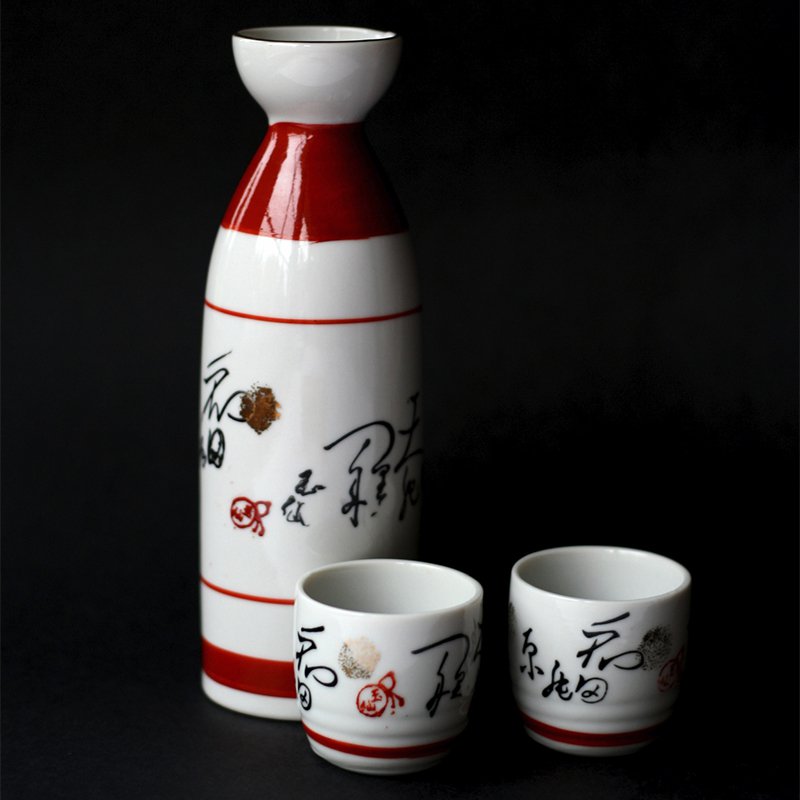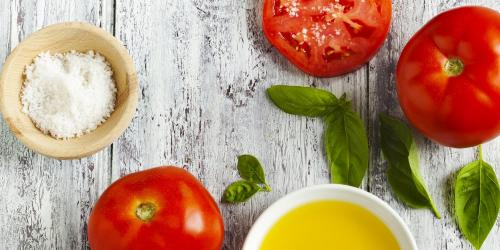Sake is on the rise in France
Abroad sake Exports are doing pretty well. In 2013, 117,315 liters of sake were imported from Japan to France according to JETRO , Japan's official trade promotion agency. While in Japan, we try instead to mitigate its loss of speed by giving it a new youth, including mixing it with very French products. And yes, sake champagne , it exists!
In France too, several brands are working to improve the reputation of sake, still undermined today by our small Chinese restaurants . Indeed, the real sake has nothing similar with the digestive much too strong that we are used. Its sweet and fine taste is reminiscent of white wine. In short, nothing to do with sake served in sushi bars.
The Hiroshima Sake Bureau is currently trying to partner with oyster farmers to help French people discover real sake. A mission that also shares the Umami company, which selects and imports regularly in France new treasures of Japanese gastronomy. It would not be a surprise to see "sake bars" set up at home, just like the historical Isse Izakaya, a pioneer of the genre and installed in the 1st arrondissement of Paris for 10 years. Over there we discover that sake is a real drink, not a twist.
With what to drink sake?
If in Japan, we consume sake cold or hot (heated in a bain-marie), our western customs push us rather to drink it cold, as an aperitif or during the meal. Like drinking a glass of wine, actually.
Yes, there are mets-sake agreements. The sake (14 ° to 17 ° on average) is very pleasant with seafood , small vegetables sautéed in butter or fish cooked in butter-white sauce. This delicate alcohol also goes very well with more luxurious dishes such as caviar . On the other hand, false step insured with red meat or game.
The best names for sake
Sweet sake, dry sake, aged sake, sparkling sake, pasteurized sake ... as for wine there again, there are several sakes. But the basic ingredients themselves are always the same: rice, water, koji (a mushroom that helps to bring out the starch present in rice grains) and yeast.
To recognize a good sake, 2 elements visible on the label are to take into account:
- The polishing rate of rice : the starch is mainly inside the rice grain, so polish it to make it stand out. The more we polish, the better the sake will be. And the more it will cost too much ... logical since its manufacture requires more rice. The names "daiginjo" and "ginjo" ensure a good polishing rate of rice grain, respectively about 50% and between 50% to 60%.
- The composition : a pure sake, only resulting from the fermentation, is pledge of quality. The name "junmai" means that it has not been transformed, that nothing has been added (no water, no ethanol) ... its taste is not altered.
Sake, Japan's traditional alcohol
In Japanese, the term "sake" (also pronounced "nihonshu" and meaning "Japanese alcohol") has two meanings. It first refers to alcoholic beverages in the broad sense but also a fermented alcohol made from rice . Comparable in many respects to wine, it is also called "rice wine" . A big difference separates them all the same: the sake is not like the wine attached to a particular soil since the rice used for its manufacture, is bought everywhere.
In Japan, there are about 1300 sake houses (kura in Japanese), more than 40 of which are in the Hiroshima region alone . It is precisely in this region that one of the best sake was born in the nineteenth century, the sake "ginjo" (rice polishing rate between 50 and 60%).


